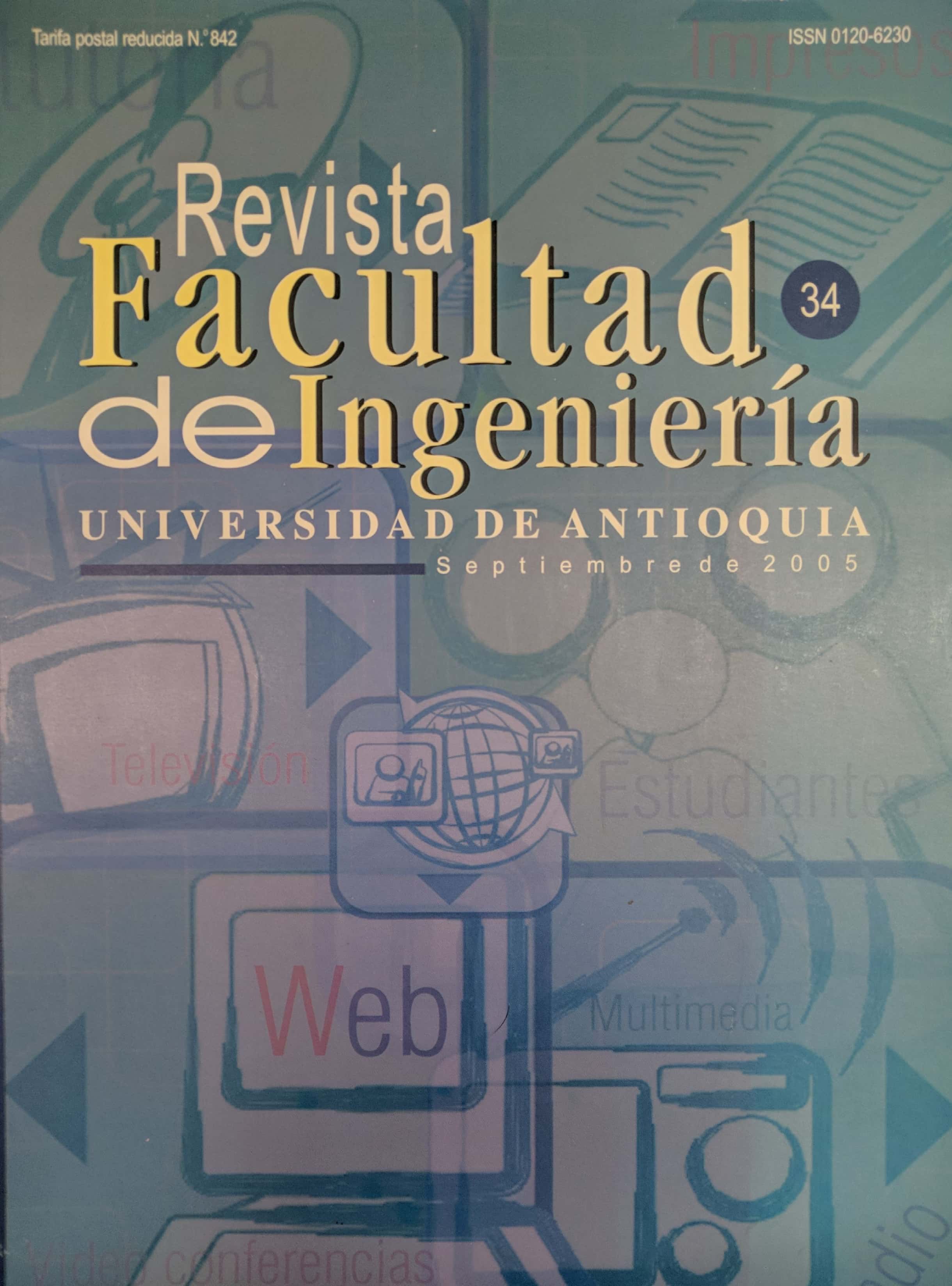Distributed network multi agent security system. Net-Mass
DOI:
https://doi.org/10.17533/udea.redin.343174Keywords:
information security, multiagent systems, JAVA, JINIAbstract
Network security is one of the weakest and most sensitive areas within an organization, because it requires different strategies to protect vulnerable points as well as the coordination and distribution of efforts in order to encompass all the possible forms and points of computer attacks. In this article a distributed multiagent system is proposed as a tool to protect security in networks with different operating systems and which consequently are susceptible to diverse attacks. The system proposed is composed of heterogeneous autonomous agents with different characteristics in terms of their strategies of intruder detection and protection of primary network systems. It is planned that these agents will base their decisions on the application of different artificial intelligence techniques, such as expert system heuristics, evolutionary algorithms, and neural networks.
Downloads
References
http://www.sans.org. Consultado el 31 de marzo de 2004.
http://isc.sans.org/country report.html. Consultado el 18 de febrero de 2004.
http://www.cert.org. Consultado el 31 de marzo de 2004.
http://www.cert.org/archive/pdf/99tr028.pdf. Consultado el 31 de marzo de 2004.
D. Horfan et al. “Método para manejar el problema de la recarga de trabajo en los sistemas multiagentes”. Memorias Tecnocom 2003.
B. Hayes-Roth. “An Architecture for Adaptive Intelligent System”. Artificial intellignece: special issue on agents and interactivity. Vol. 72. N.o 1-2. Enero de 1995. pp. 72, 329-365. (Disponible electrónicamente en: https://portal.acm.org/poplogin.cfm?dl=ACM&coll=portal&comp_id=COMPONENT030&want_href=citation%2Ecfm%3Fid%3D201271&CFID=24619593&CFTOK EN=21127073. Consultado el 28 de marzo de 2004). DOI: https://doi.org/10.1016/0004-3702(94)00004-K
S. C. Smith et al. KidSim: programming agents without a programming language. Communications of the ACM. Julio de 1994. pp. 37, 55-67. (Disponible electrónicamente en: http://www.acypher.com/Publications/CACM/KidSimCACM.html. Consultado el 28 de marzo de 2004). DOI: https://doi.org/10.1145/176789.176795
P. Maes. Artificial life meets entertainment: lifelike autonomous agents. Communications of the ACM. 1995. pp. 38, 108-114. (Disponible electrónicamente en: http://portal.acm.org/ft_gateway.cfm?id=219808&type=pdf&dl=portal&dl=ACM&CFID=11111111&CFTOKEN=2222222. Consultado el 28 de marzo de 2004). DOI: https://doi.org/10.1145/219717.219808
N. Hyacinth. “Software agents: and overview”. Knowledge Engineering Review. Vol. 11. N.o 3. Cambridge University Press. September 1996. pp. 1-40. (Disponible electrónicamente en: http://agents.umbc.edu/introduction/ao/. Consultado el 31 de marzo de 2004). DOI: https://doi.org/10.1017/S026988890000789X
T. Finin et al. KQML as an agent communication language. Reporte técnico. Departamento de Ciencias Computacionales. Universidad de Mayfield Baltimore Country. Baltimore, MD. 1997. (Disponible electrónicamente en http://www.cs.umbc.edu/agents/introduction/kqmlacl.ps. Consultado el 27 de marzo de 2004).
P. Mell et al. An overview of issues in testing intrusion detection systems. National Institute of Standards and Technology ITL. 2002. DOI: https://doi.org/10.6028/NIST.IR.7007
http://csrc.nist.gov/publications/nistir/nistir-7007.pdf. Consultado el 28 de marzo de 2004.
http://JAVA.sun.com/j2se/1.4.2/docs/guide/rmi-iiop/index.html. Consultado el 28 de marzo de 2004.
http://JAVA.sun.com/products/jms. Consultado el 28 de marzo de 2004.
W. K. Edwards. Core JINI. 2.a ed. Prentice-Hall. 2000.
http://JAVA.sun.com/products/JINI/. Consultado el 31 de marzo de 2004.
http://www.JINI.org. Consultado el 31 de marzo de 2004. 18. http://JAVA.sun.com/products/JAVAManagement/. Consultado el 31 de marzo de 2004.
Downloads
Published
How to Cite
Issue
Section
License
Revista Facultad de Ingeniería, Universidad de Antioquia is licensed under the Creative Commons Attribution BY-NC-SA 4.0 license. https://creativecommons.org/licenses/by-nc-sa/4.0/deed.en
You are free to:
Share — copy and redistribute the material in any medium or format
Adapt — remix, transform, and build upon the material
Under the following terms:
Attribution — You must give appropriate credit, provide a link to the license, and indicate if changes were made. You may do so in any reasonable manner, but not in any way that suggests the licensor endorses you or your use.
NonCommercial — You may not use the material for commercial purposes.
ShareAlike — If you remix, transform, or build upon the material, you must distribute your contributions under the same license as the original.
The material published in the journal can be distributed, copied and exhibited by third parties if the respective credits are given to the journal. No commercial benefit can be obtained and derivative works must be under the same license terms as the original work.










 Twitter
Twitter